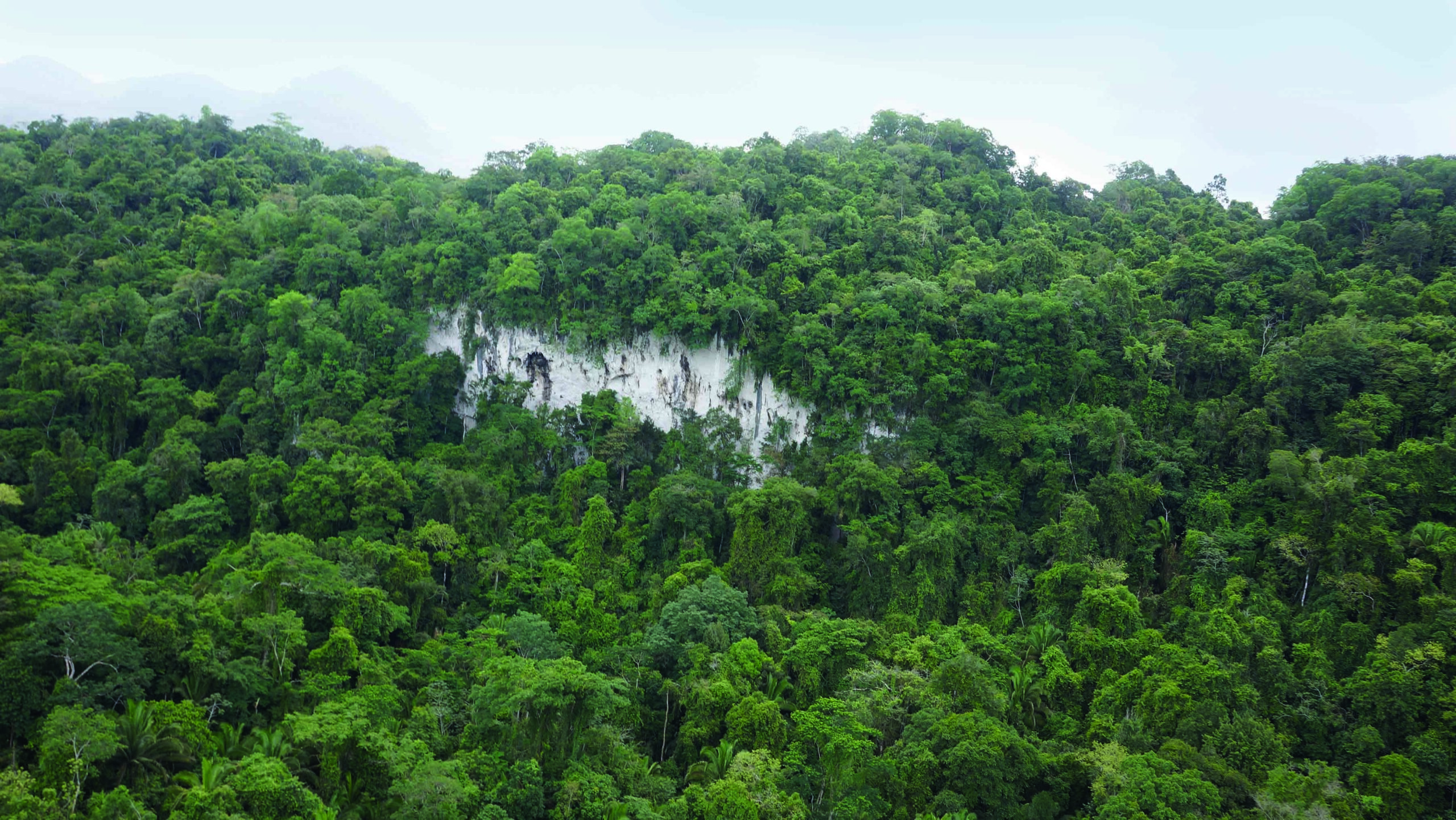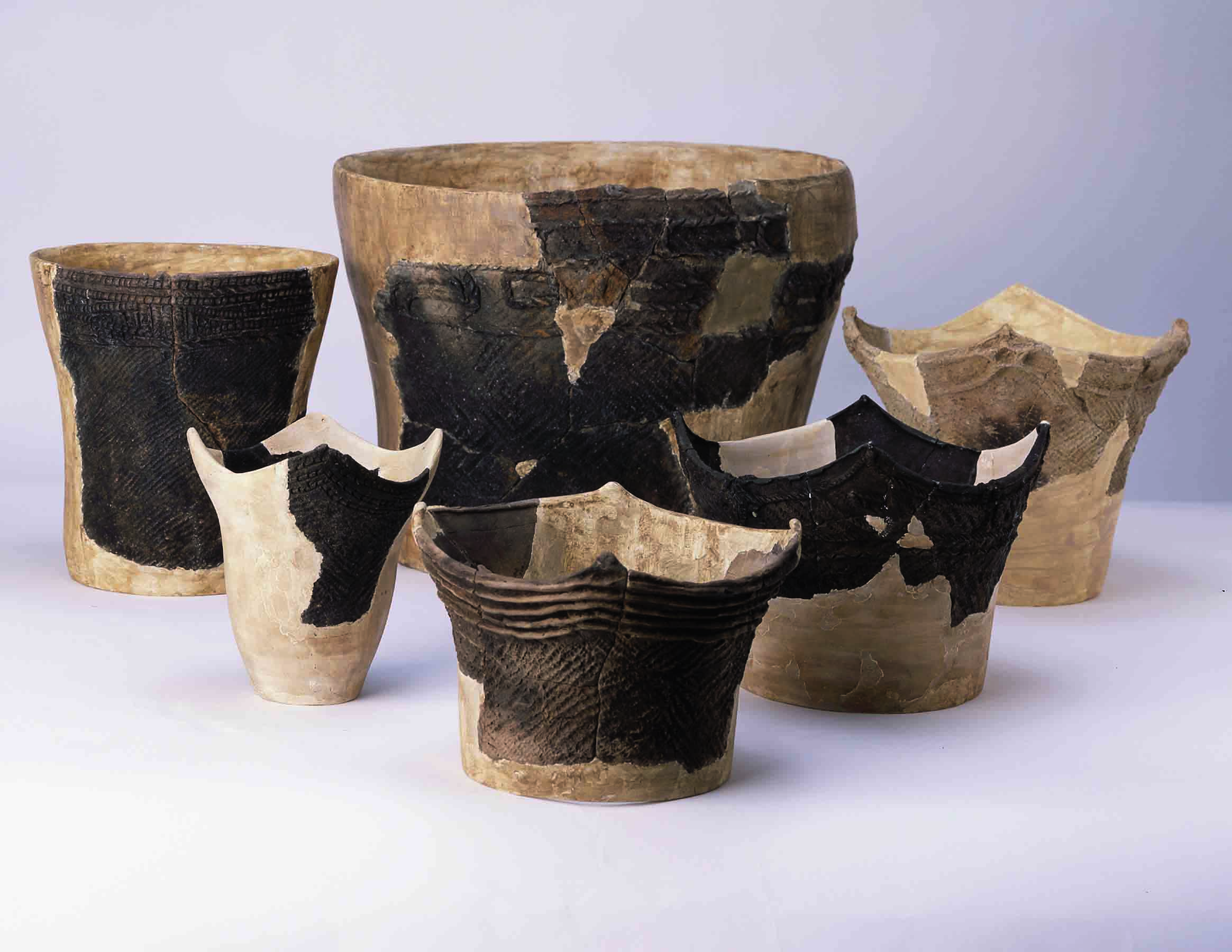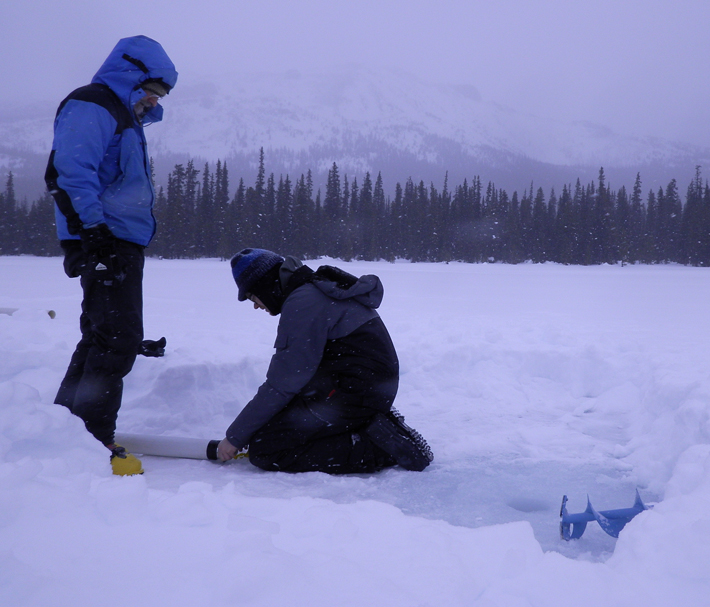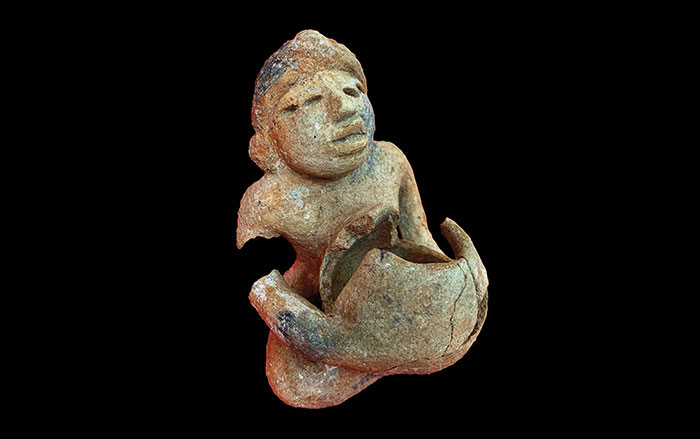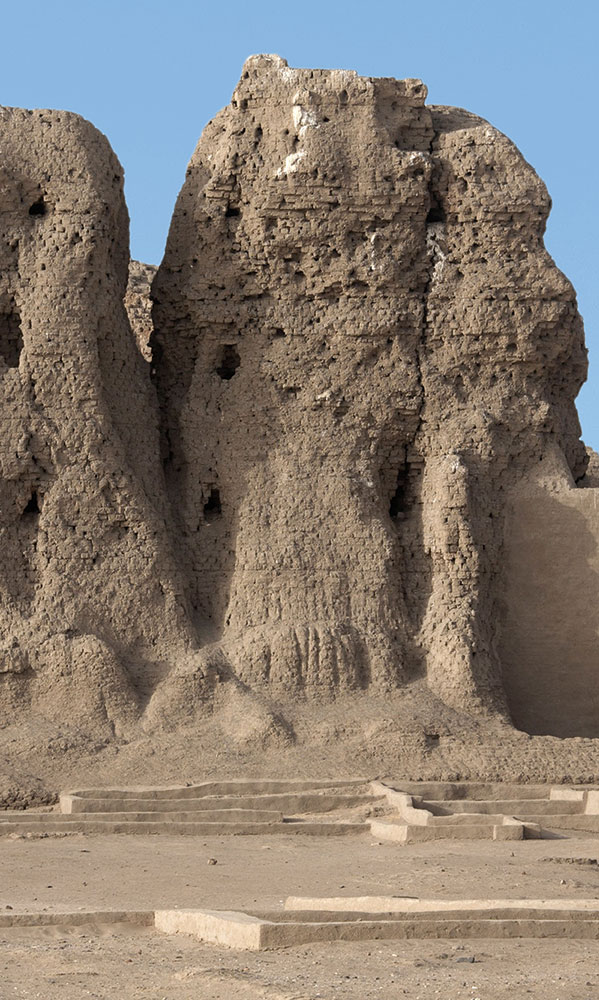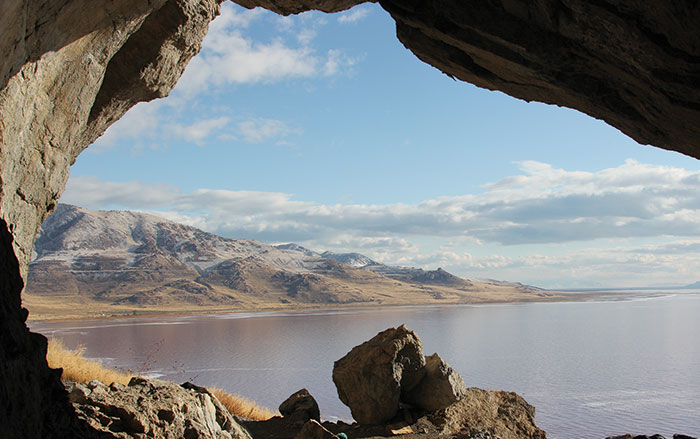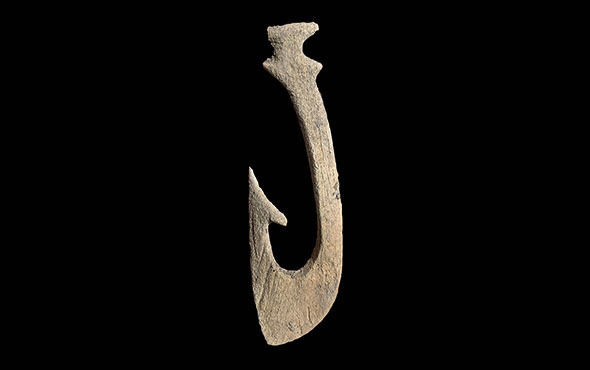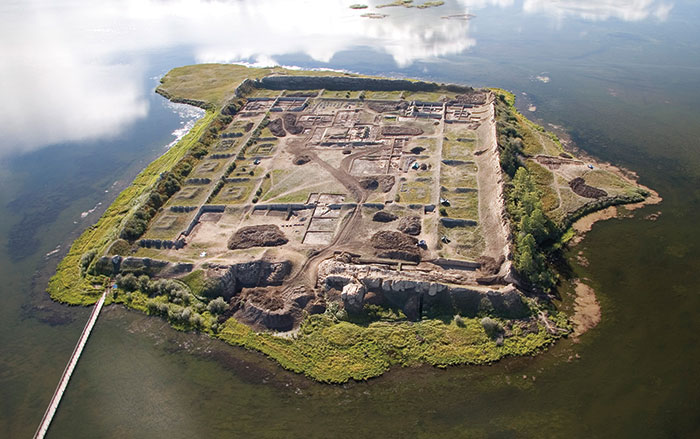
COLLEGE STATION, TEXAS—The Clovis people of North America made their distinctive stone tools for a period of just 300 years, according to a statement released by Texas A&M University. Michael Waters and David Carlson of Texas A&M University and Thomas Stafford of Stafford Research radiocarbon dated bone, charcoal, and carbonized plant remains from ten Clovis sites in South Dakota, Colorado, Pennsylvania, Ohio, Virginia, Montana, Oklahoma, and Wyoming, and found they ranged in age from 13,050 and 12,750 years old. Waters said that it is not clear why Clovis technology emerged and then disappeared so quickly, but noted that the timing corresponds with the extinction of mammoths and mastodons. The weapons, he explained, may have been used to hunt the last of the megafauna. The new, accurate dates also show that people living in North and South America some 13,000 years ago had created their own adaptations to their environments, Waters added. Read the original scholarly article about this research in Science Advances. For more on the Clovis culture and peopling of the Americas, go to "America, in the Beginning."


